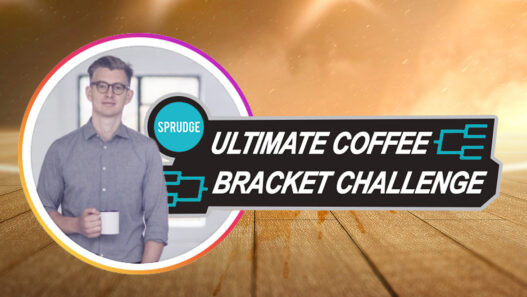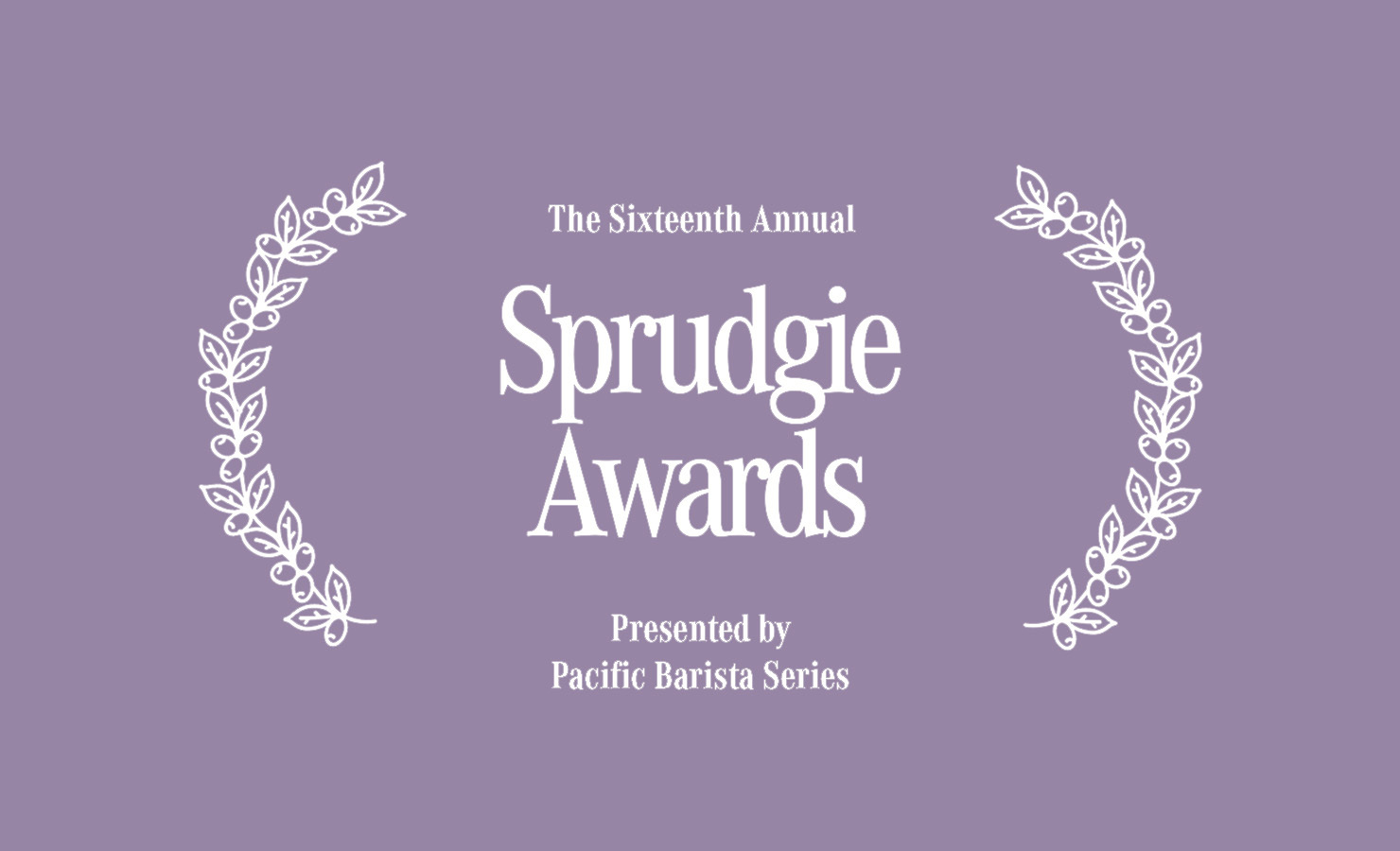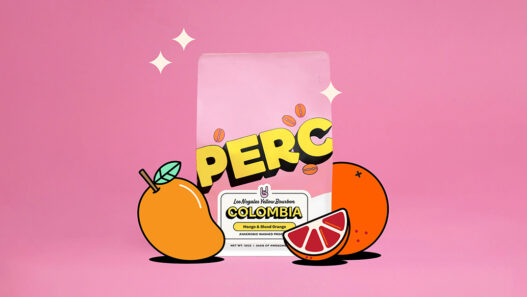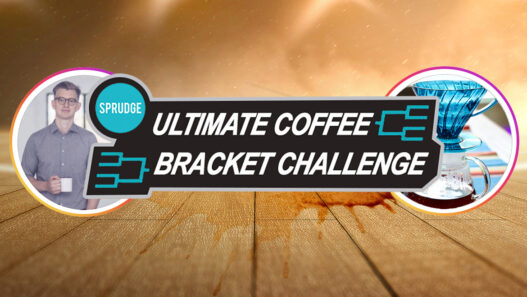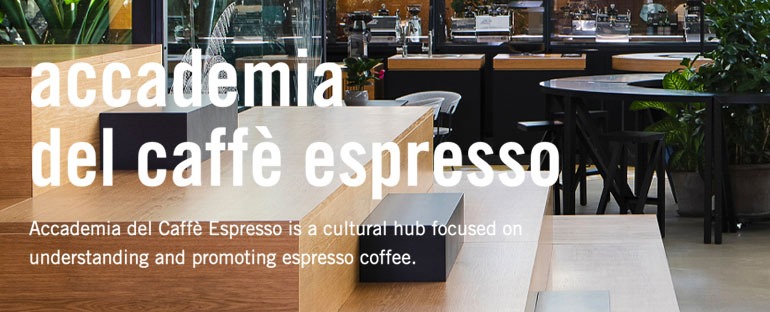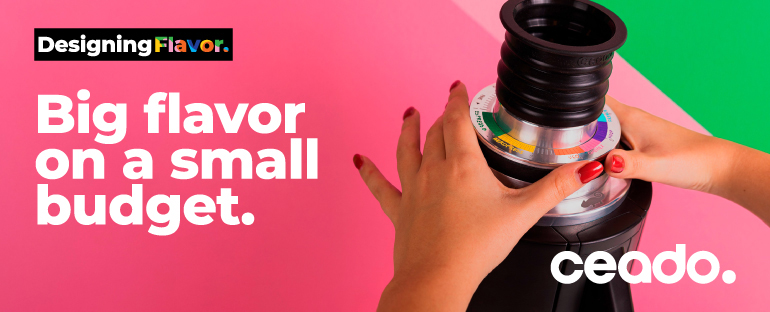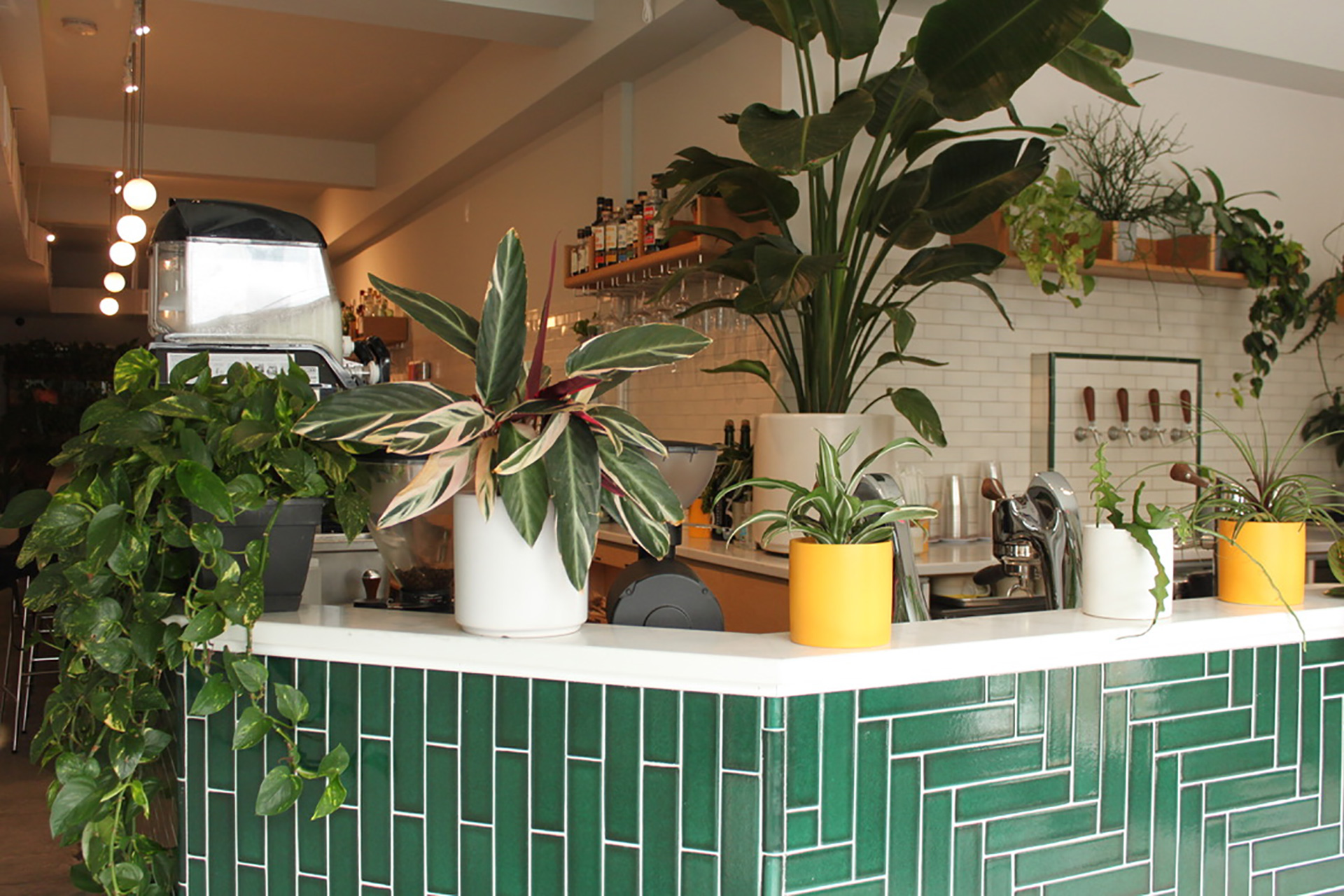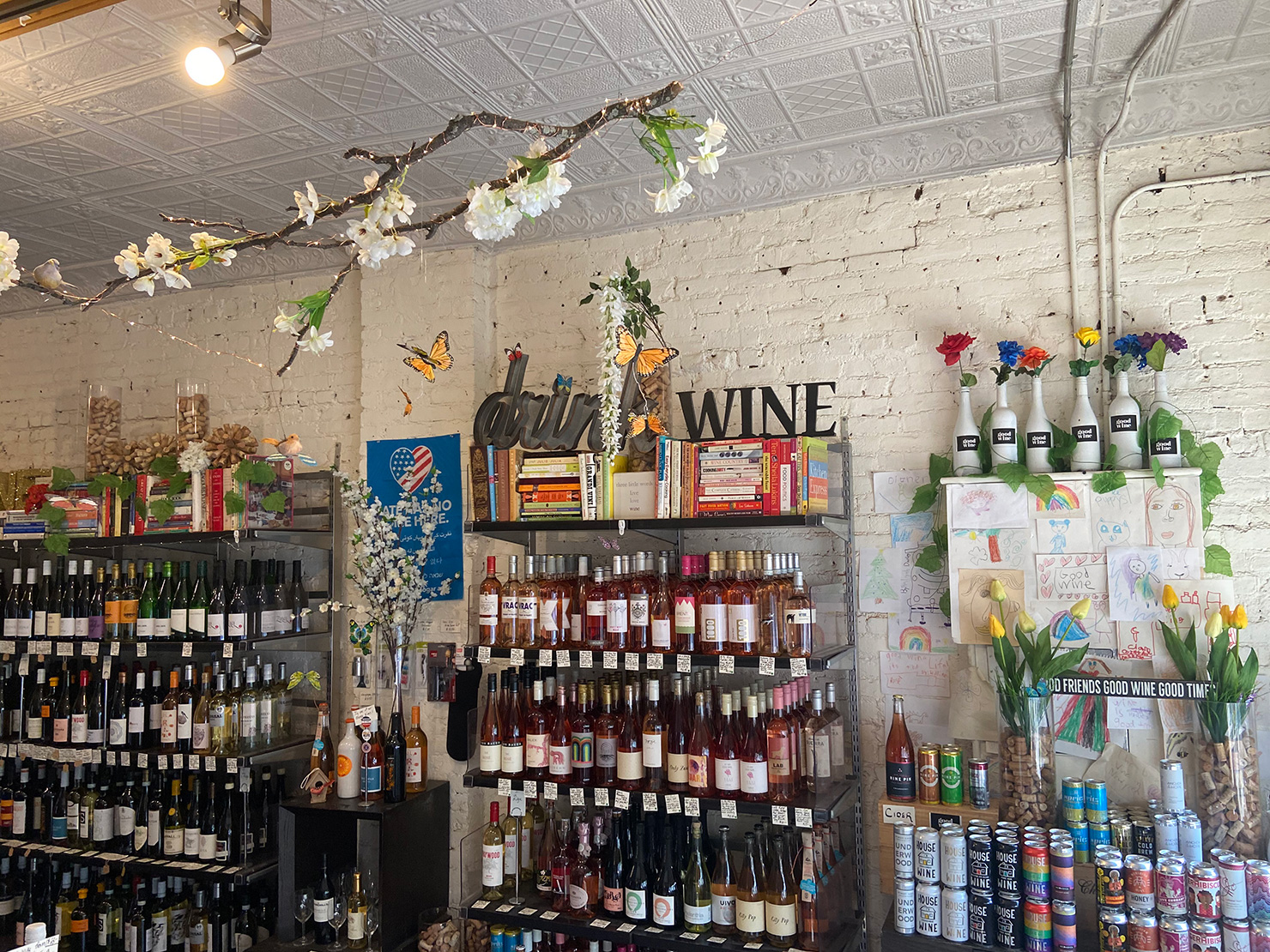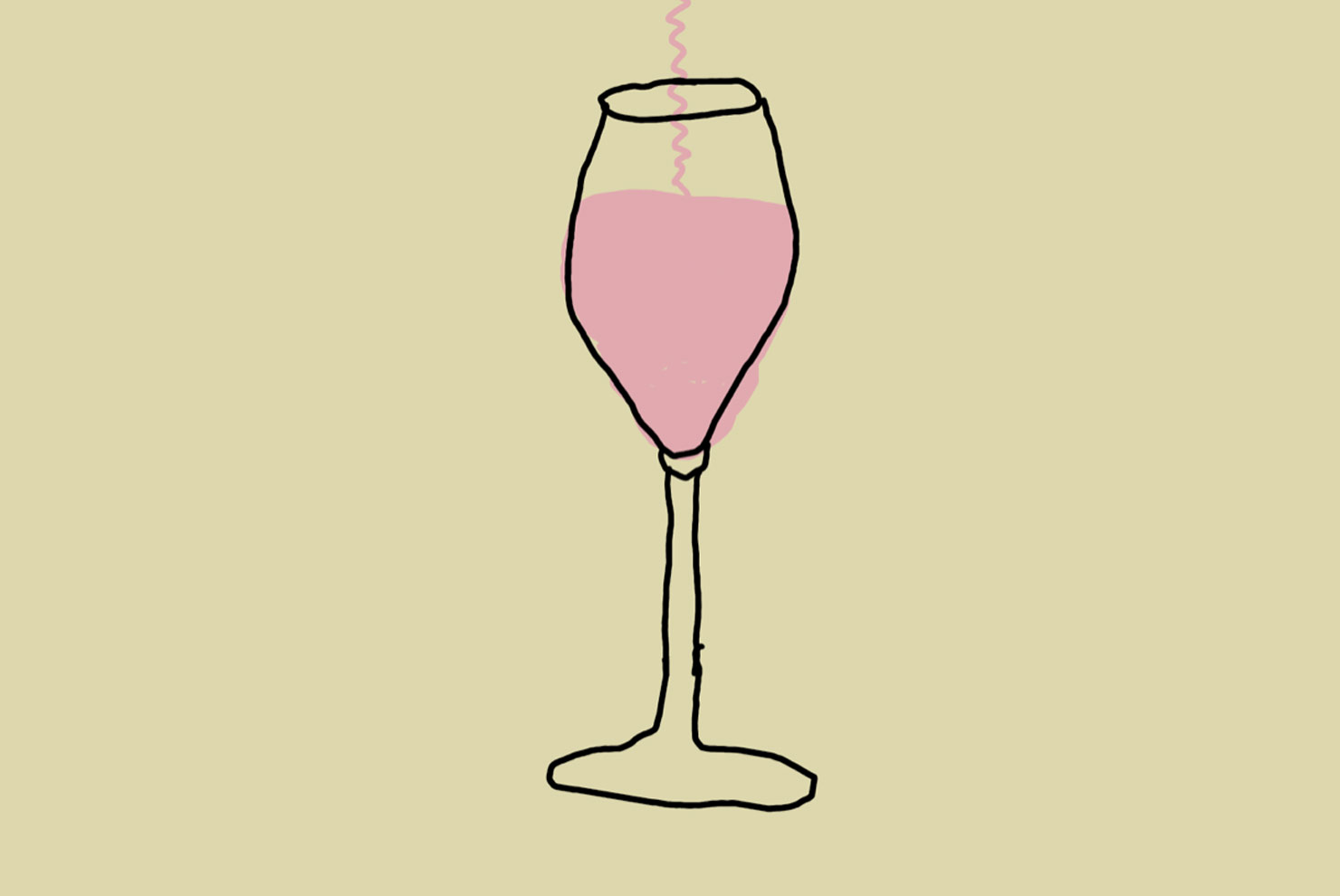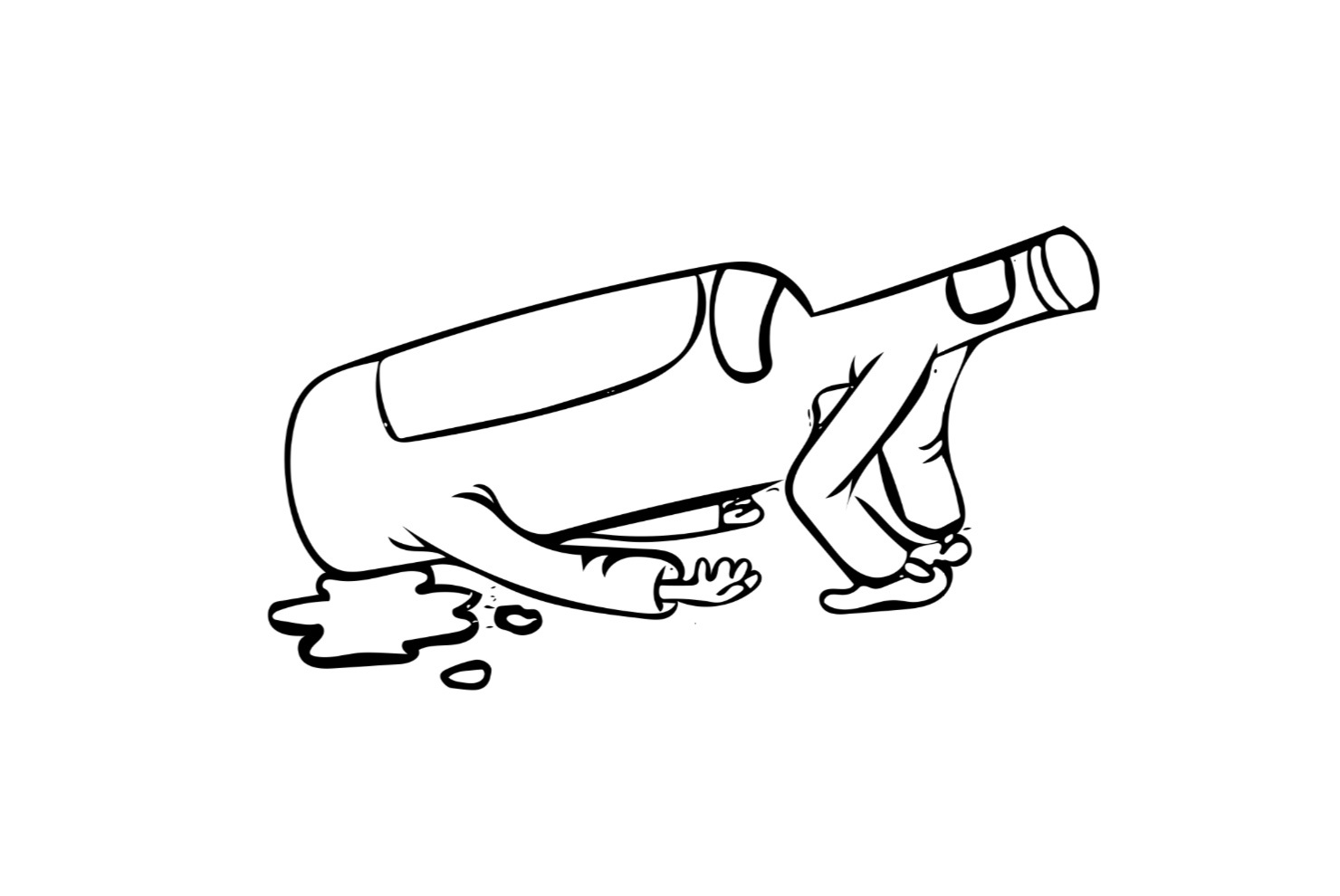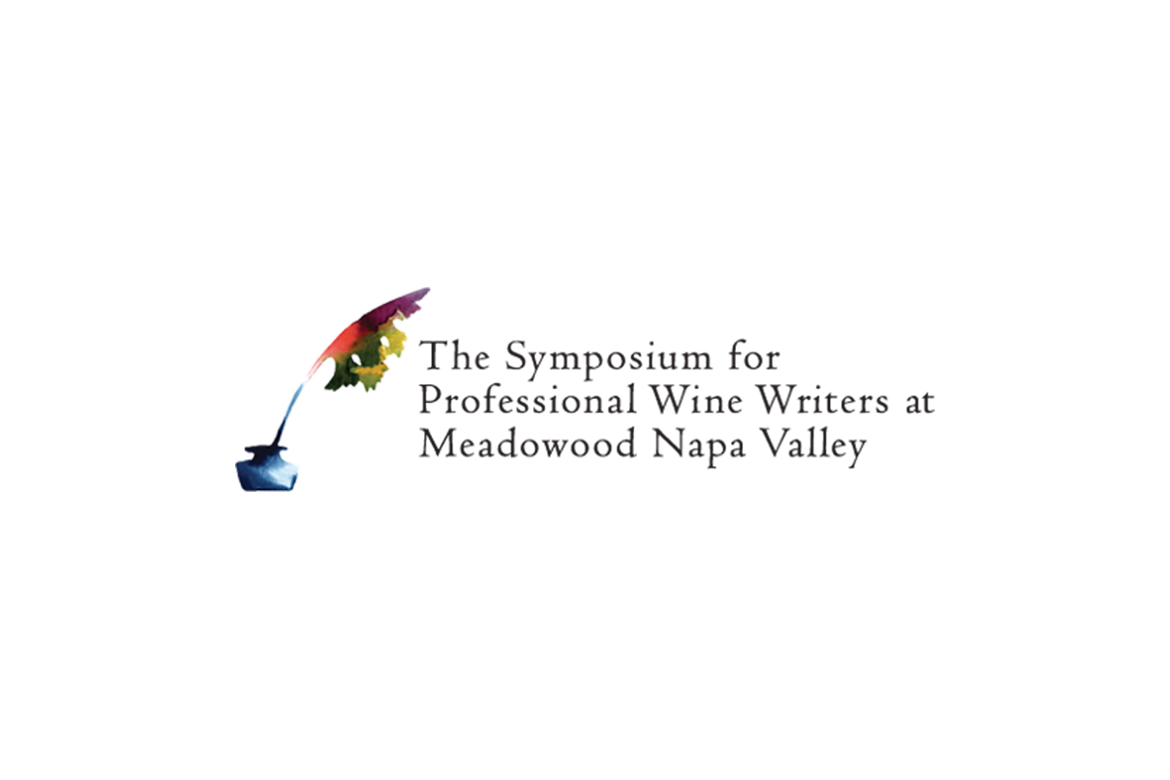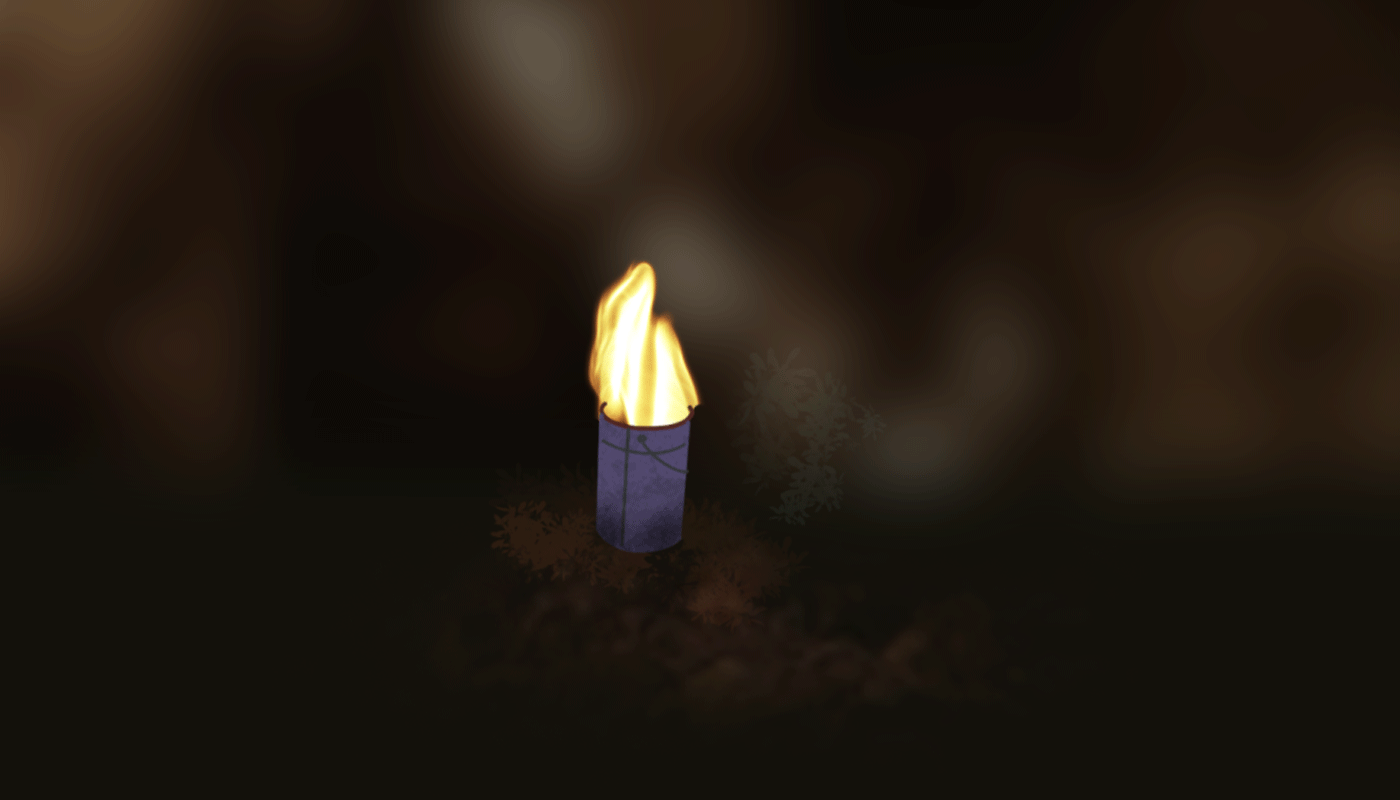On a sunny July morning in the small village of Montrichard in the Loire region of France, the former dungeons of the town’s medieval castle welcome winemakers for the fourth edition of Bulles au Centre, a tasting dedicated to sparkling wines. The organizers of the dégustation, Pascal Potaire and Moses Gadouche, are responsible for this convergence of more than 40 winemakers from around the world. Potaire and Gadouche, who host the tasting every year, are better known as the team behind Les Capriades and their world-renowned pétillant naturel (pét-nat for short) made in the neighboring village of Faverolles.
Bulles au Centre is a testament to the exploding interest in natural sparkling wines, among both consumers and winemakers. The increasing interest hasn’t gone unnoticed by Potaire, who is one of the founding fathers of the pét-nat movement. “In 2006, when I would go to a tasting, I would put a bottle of pétillant naturel on the table, and it would be the only one in sight,” he says. Back then, the local community of pét-nat winemakers was limited to a small and dedicated group consisting of Christian Chaussard (Vouvray), Emile Hérédia (Vendôme), Vincent Carême (Vouvray), and Potaire (who was joined by Gadouche in 2011).
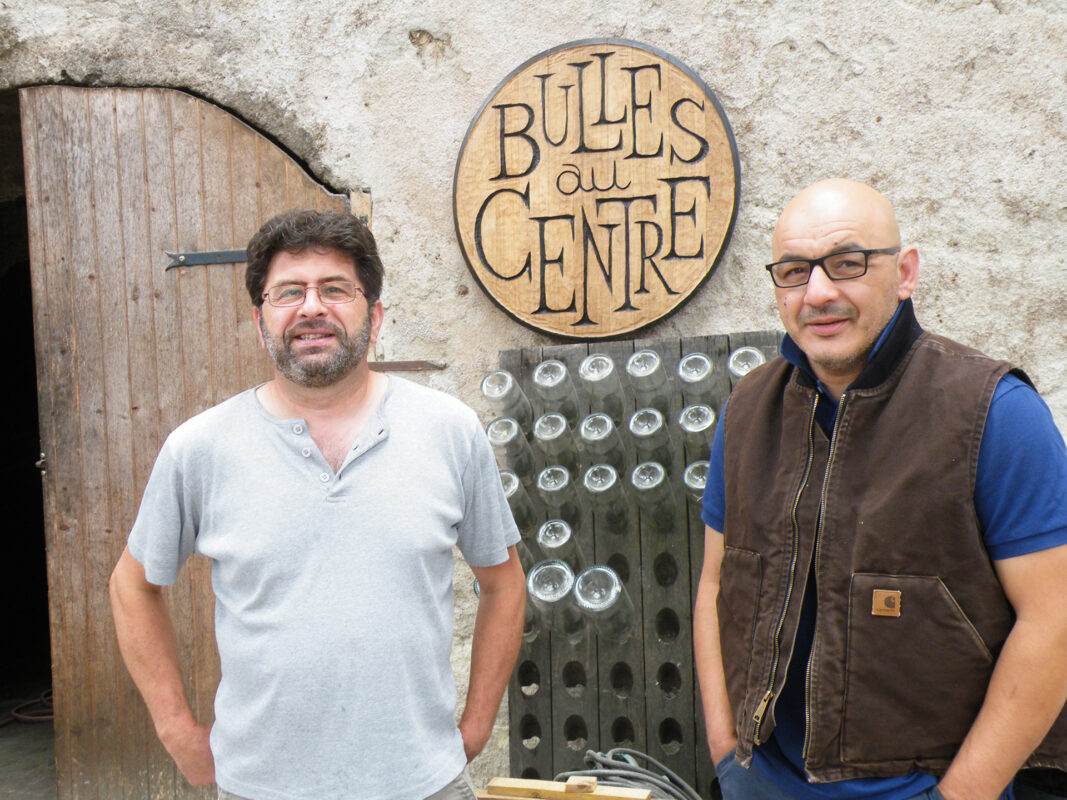
The winemakers wanted to make their pétillant in the most natural way possible and were therefore attracted to the méthode ancestrale (ancestral method), a technique that had fallen out of favor and been largely replaced by the méthode champenoise (traditional method), which is most closely associated with the Champagne region of France. “Making our wines using the ancestral method seemed to be closest in spirit to the natural wine movement,” Potaire explains. For him and his fellow pét-nat disciples, the ancestral method mirrored the work they sought to do as natural winemakers, both in the vineyard and wine cellar. “The process followed the same logic as natural winemaking, which is to say we don’t do any chaptalization and we only use natural yeasts, so it was clearly the best choice for a natural way of making wine.”
In contrast with the traditional method—which involves taking a still wine and then adding sugar and yeast in order to start the second fermentation in the bottle, producing the bubbles that make the wine sparkle—the ancestral method requires winemakers to be more vigilant and reactive, from the grape vines to the cellar. This additional attention is time-consuming but also perfectly adapted to the world of natural wine: “The méthode ancestrale is a natural continuation of the work [natural winemakers] do in the vines, which is to say we need beautiful, ripe grapes in order to be successful,” says Potaire. “It’s impossible to use the méthode ancestrale if the grapes aren’t of the best quality—the proof is that the revival of this method is only seen in the natural wine world because here you have the intellectual aspect as well as the implication in the vineyard.”
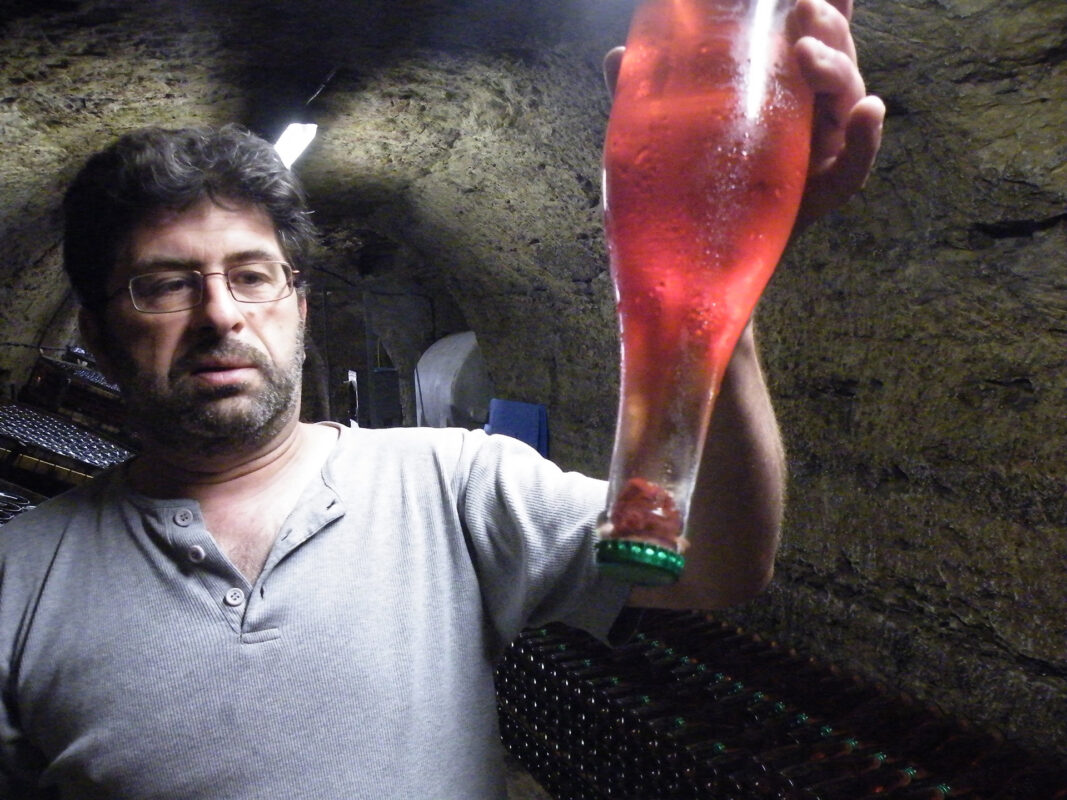
Sparkling wines made using the ancestral method are arguably as natural as you can get, considering that the grapes used to make these wines are picked at the moment closest to the time nature deems them ready for consumption. Letting the grapes get to their peak ripeness allows nature to fulfill its cycle undisturbed (as opposed to picking early to assure acidity and other desired notes in still wines), but also guarantees a high sugar content that will provide more fermentable sugars to be consumed by yeast during the secondary fermentation, resulting in the beautiful, delicate bubbles we see in bottles of Les Capriades’s vintages such as Piege à Filles and PétSec.
“We have to manage our time much more than if we used a different method,” Potaire adds. “We have to closely follow the wine—it’s much less laid-back. With the méthode champenoise, you can put the wine in the fermenter and organize your bottling for the next year if you want to.” While the traditional method remains more forgiving, the ancestral method means bottling the moment the fermentation has reached the optimal point (ideally a density of 1.010).
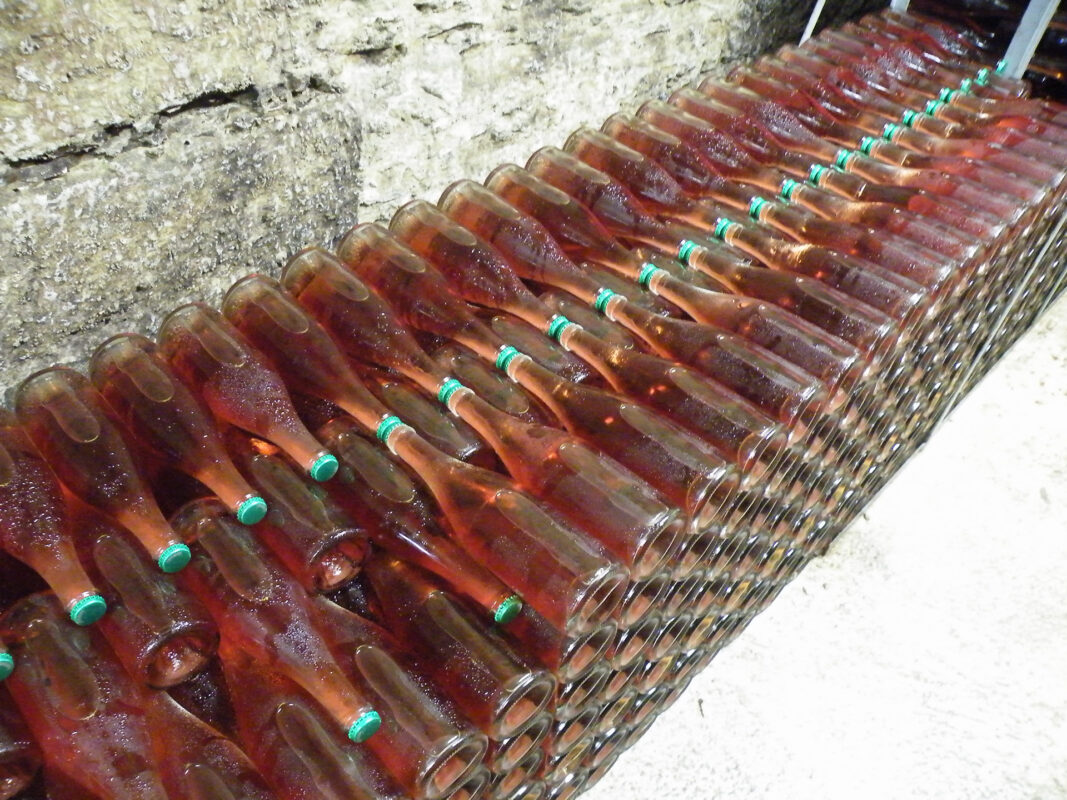
Bringing this bygone method back to life not only necessitates hard work, but it has also required certain modern-day updates and adaptations, particularly when it comes to disgorging the bottles. This practice, which removes lees and other sediment from the bottle, is not traditionally part of the ancestral method. However, at Les Capriades, Gadouche says that disgorging represents 90 percent of the work; he says this while smiling like someone who has probably spent the other 10 percent of his time cleaning up after disgorging countless bottles. Potaire further explains the decision to break from tradition when it comes to disgorging: “At a certain point, we weren’t satisfied with the non-disgorged bottles because they didn’t have enough pressure and the lees floating in the bottle meant that taste-wise we weren’t getting what we wanted.”
And thus, the modern-day variation on the ancestral method was born, thanks to the hard work and shared experiences of Potaire and his colleagues. “We fumbled in the beginning—as we went along everyone learned through trial and error,” Potaire admits. “It was an interesting process, but at times we felt lonely because we were working without a real model. We counted on exchanges, meetings, and tastings, to speak with each other about our experiences.” These exchanges continue to this day, but now it is winemakers from around the world that contact the winemakers with questions, taking advantage of their expertise. Bulles au Centre is one of the many ways that Les Capriades has created community around natural sparkling wines.
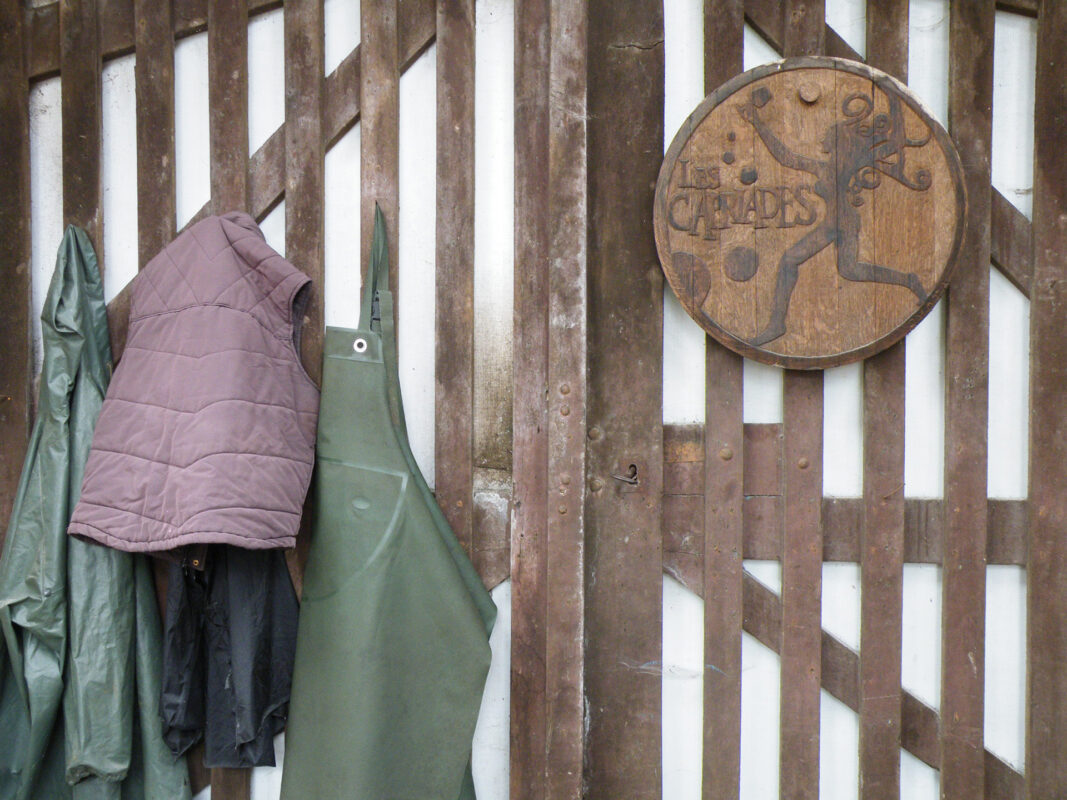
More than a decade later, Gadouche and Potaire’s wines, and those who have followed their example, are known and loved around the world. If the continued success of tastings such as Bulles au Centre is any indicator, the popularity of pét-nats is sure to increase. Potaire and Gadouche are sometimes surprised by recognition from abroad; it’s a sign of the impact their early fumblings and adventures have had. When I tell Potaire that “pét-nat” had recently entered the English lexicon among wine geeks, he smiles and laughs. “It’s funny that people say that now because Chaussard came up with that term more than ten years ago,” he says. He lingers before continuing to explain the nuances of his work.
For a man of unbreakable modesty and utmost humility, the pause feels meaningful—a moment of recognition of the hard work and dedication that has led to an international love for pétillant naturel. For a moment, he looks both nostalgic and excited, and then he quickly returns to answering my questions.
Emily Dilling (@parispaysanne) is a freelance journalist and based in the Loire Valley.




